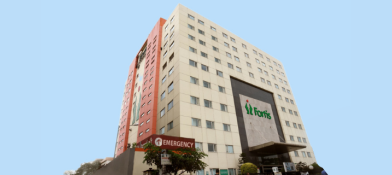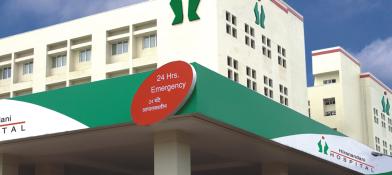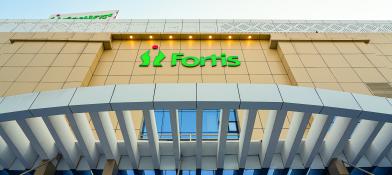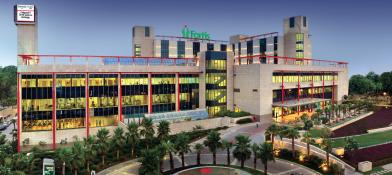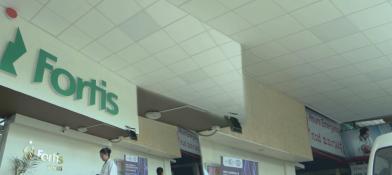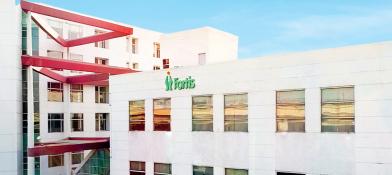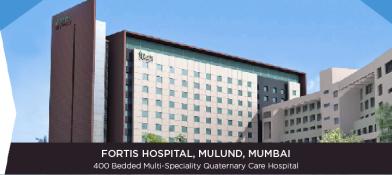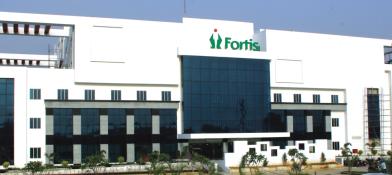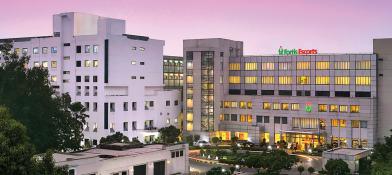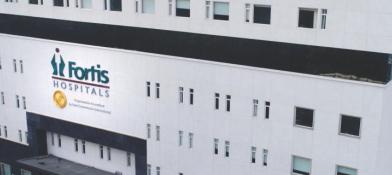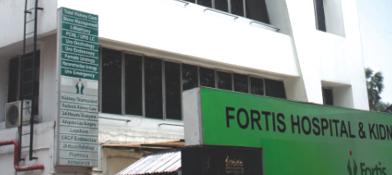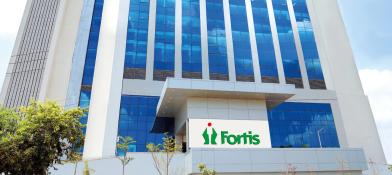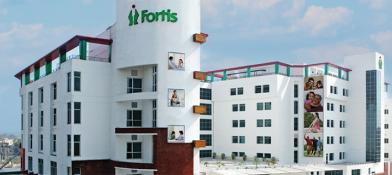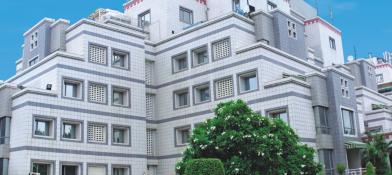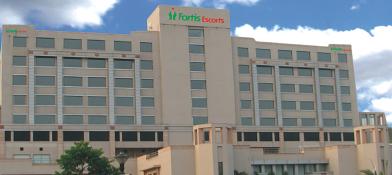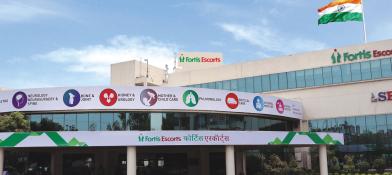Polysomnography (sleep study)
Overview
Polysomnography (PSG) is a systemic process of measuring certain physiologic parameters in sleep. This is done to detect sleep-related breathing disorders and also other sleep disorders. It records brain waves, eye movements, muscle heart, and airway functions using different devices. It is done at a sleep center during the night. It helps to understand an individual’s sleeping pattern and to design a treatment plan.
PSG and Sleep cycle
PSG is necessary to understand the sleep stages and cycles. By using sensors connected to the body, sleep stages are recorded using devices like electroencephalogram (EEG), electromyogram (EMG), electrooculogram (EOG), Electrocardiogram, audio and video recording for snoring, body, and leg position, devices that record nasal airway pressure, respiratory effort monitor, and pulse oximeter.
Sleep stages are categorized as wake, non-rapid eye movement (NREM) sleep, and rapid eye movement (REM) sleep. During the NREM phase, the brain waves become slow and later increase during the REM phase. One goes through multiple sleep stages or cycles at night in sleep.
Indications
PSG is used to detect sleep-related breathing disorders. This is indicated in sleep disorders like
- A sleep condition called Obstructive sleep apnea where breathing is interrupted during sleep due to air blockage to the lungs
- Central sleep apnea, another sleep condition where breathing is interrupted due to lack of respiration
- sleep-related hypoventilation/hypoxia where there are abnormal oxygen levels in the blood during sleep
- Individuals with neuromuscular disorders and unable to fall asleep
- To evaluate response after surgery in OSA
Apart from these PSG is also used to detect
- Night-time seizures during sleep
- A neurological disorder called narcolepsy
- Periodic limb movement disorder
- Rapid eye movement sleep behavior disorder
PSG is also used to detect unusual sleep behaviors like walking, moving, and giving rhythmic movements in sleep and those having trouble falling asleep.
Contraindications
PSG is not indicated in
- Parasomnias – a condition that has abnormal behavior in sleep
- Daytime seizures
- Restless leg condition
- Circadian rhythm disorders
- Other conditions like sleep talking, bruxism, and nightmares
Before PSG
Before doing PSG, an individual should understand the necessity of undergoing the test by discussing it with the healthcare provider (HCP). Information regarding previous sleep studies and medications being used should be provided to the HCP including antidepressants, over-the-counter or herbal medications as certain medications belonging to benzodiazepines and opioids increase sleep-related breathing disorders. Caffeine-containing foods and alcohol can alter the sleep cycle and should be avoided. It is advisable not to nap in the afternoon before going for a sleep study. One should not apply creams, gels, or lotions before going for a sleep study. It is better not to disturb the routine during sleep study.
During the procedure
The sleep study can be done at a sleep center or home. Sensors will be placed on the scalp, temple, chest, and legs with an adhesive. Using wires these are connected to a computer. The wires are long enough to make one feel comfortable. A small device that detects the oxygen concentration is placed on the finger. After an individual falls asleep, the HCP monitors the brain waves, eye movements, heart rate, pattern of breathing, oxygen level in the blood, position of the body, movements of limbs, chest, and abdomen, and snoring.
Continuous monitoring is done as the individual sleeps. Occasionally one may be asked to use a special device that delivers a stream of air. This is called the positive air pressure (PAP). Continuous PAP delivers the air to keep the airway passages open during sleep. Sometimes bilevel PAP devices may be advised which will deliver more pressure during inhalation and less pressure during exhalation.
The HCP records all the stages of sleep in 30-second sections called the epochs. Based on the recordings of the various devices at different stages of the sleep cycle, PSG helps in the diagnosis of the sleep disorder.
After the procedure
After undergoing a sleep study one can resume their normal activities. If the sleep study is done at home the recordings should be given to the HCP for interpretation.
Interpretation of the PSG
Based on the recordings a lot of information can be gathered about an individual’s sleep pattern.
- Airflow and muscle activity are recorded during the sleep study. A drop in the airflow for about 10 seconds is called obstructive apnea (OA), whereas partial drops are called obstructive hypopneas (OH). The apnea-hypopnea index (AHI) is obtained by taking an average of these events.
AHI index of 5 or less – normal
AHI index of 5-14 – mild OSA
AHA index of 15-30 – moderate OSA
AHA index of >30 – Severe OSA
- Any abnormal brain waves and eye movements during the various stages of the sleep cycle indicate sleep disorders like narcolepsy or REM behavior disorder.
- Any changes in the heart rate, breathing rate, and oxygen levels suggest sleep apnea.
- Frequent movements of limbs in sleep may indicate periodic limb disorder.
Risks and complications
This test has no associated risks or complications except for mild irritation due to the usage of the adhesive to attach the electrodes. PSG results may be influenced by factors like the location where the test is taking place as one may not be comfortable sleeping in a sleep centre. Medications can also alter the results of the PSG. Equipment inaccuracies due to malfunctioning of the cables can lead to abnormal PSG findings. Sometimes it is not possible to secure all the findings in one night’s sleep.
Conclusion:
PSG is a powerful tool that can diagnose sleep disorders. They can identify treatable sleep disorders that reduce the quality of life of an individual. By diagnosing these disorders PSG plays a vital role in managing various sleep-related disorders.


